The territory as a palimpsest is a brilliant metaphor. It is useful for effectively expressing a complex journey such as that of André Corboz. This metaphor of Territory as palimpsest remains as relevant and timely today as ever. In his writings since the 1980s, Corboz has described an ongoing process, increasingly connecting his conscious insight. To the point of outlining a coherent and original critique, regarding the constructed nature of the territory.
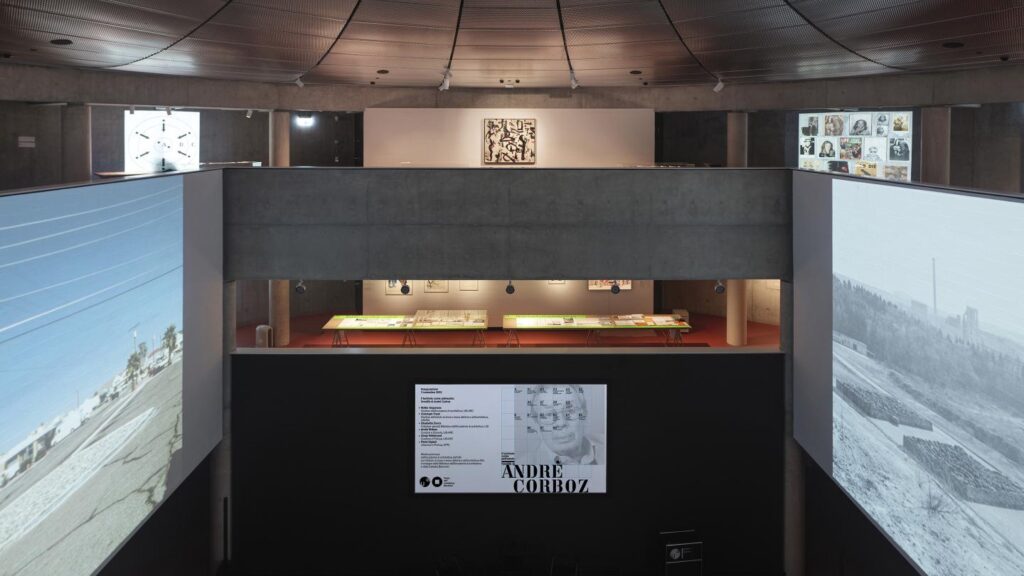
A constant inquiry
Both the constitutive elements of the landscape and the urban condition become for André Corboz the terms for a specific investigation. They allow the territory to be interrogated and questioned. The habitat is thus reassembled. In this way, the Swiss historian and urban planner address questions of crucial importance to the city, context, and sense of place. These are valid reflections for his time, but they remain highly contemporary, particularly in terms of the polycentric, urbanized landscape and its dramatic evolution in spatial terms.
The exhibition aims to collect and describe a complex corpus, consisting of the work of André Corboz (1928-2012). The Geneva-based art historian and urban planner (whose book and document collection is held by the Library of the USI Academy of Architecture in Mendrisio-Switzerland) was a rich and multitalented figure. His interests ranged from the work of Palladio to the territorial grid of the United States, from planning in the French Enlightenment period to postmodern Switzerland. He thus participated with his contributions in the complex cultural and contemporary debate of his time.
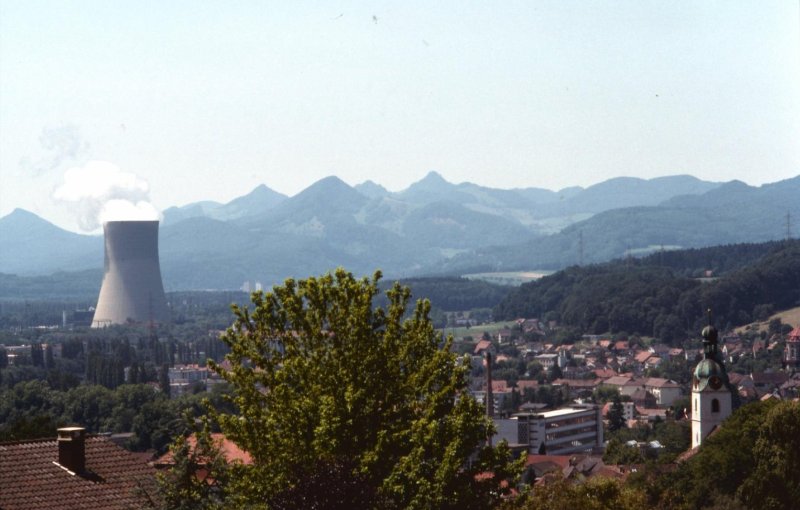
The exhibition
This is the first time that the legacy of the concept of “territory as palimpsest” has been consistently described in an exhibition. The exhibition aims to provide as broad an overview as possible, of the varied work of André Corboz. It offers, at the same time, an opportunity to place his complex legacy in relation to our time. It also includes the many testimonies of professionals contemporary with him and his former collaborators. In the exhibition, his thought is also contextualized through careful juxtaposition with contemporary production in the visual arts and photography.
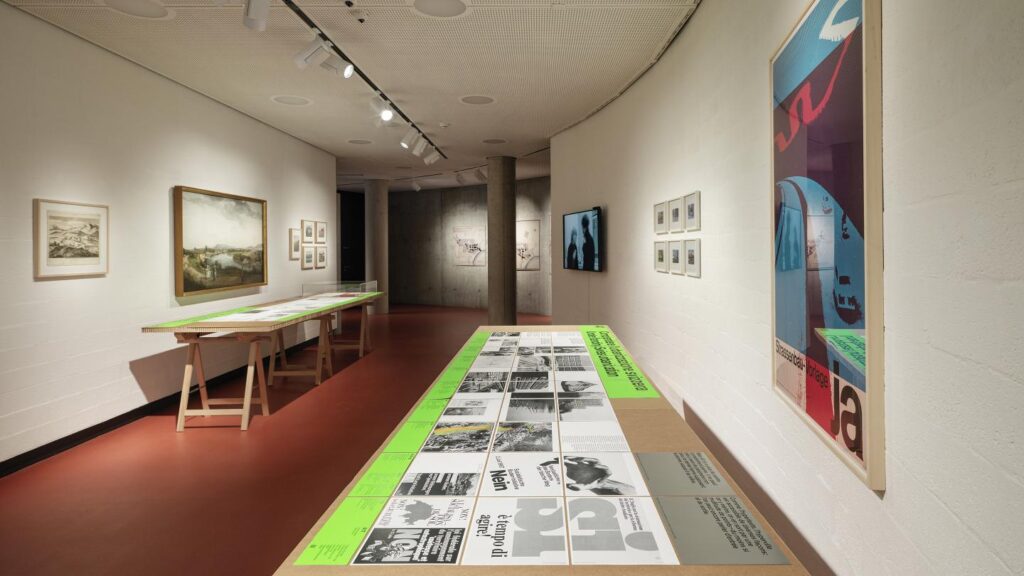
The exhibition also aims to show the connections between the different lines of inquiry Corboz tackled over the years. The aim is to introduce visitors to his “intellectual laboratory,” providing insights into his working methods, narrative strategies, and lines of thought.
It is a way to bring the public closer to the cultural critic activity of the Geneva-based intellectual, writer, and mentor of historians and architects.
The distinction into two main themes (spatial reading and knowledge production) is intended to highlight, on the one hand, André Corboz’s contributions to the discourse related to landscape and urban development, while on the other hand, it also illustrates the evolution of an eclectic historian who was able to range across multiple and different disciplinary fields.
The distinction into two main themes (spatial reading and knowledge production) is intended to highlight, on the one hand, André Corboz’s contributions to the discourse related to landscape and urban development, while on the other hand, it also illustrates the evolution of an eclectic historian who was able to range across multiple and different disciplinary fields.
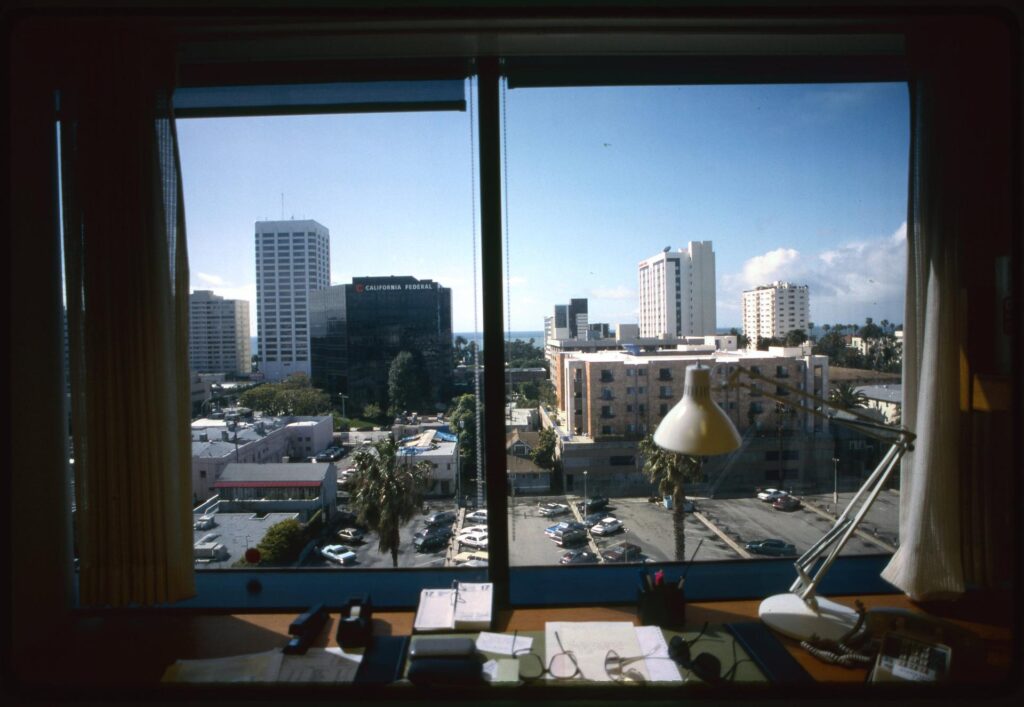
André Corboz
Of Genevan origin, André Corboz (trained as a jurist at the Université de Genève) initially worked for the university administration, as well as a translator and journalist. He later turned to poetry; before embarking on a career as an academic in Québec and Switzerland. He taught History of Architecture at Université de Montréal (1968-1979) and History of Urbanism at ETH Zürich (1980-1993). In 1980 André Corboz earned a Ph.D., under the supervision of cultural anthropologist Gilbert Durand, with a thesis on the imagery of 18th-century Venice in Canaletto’s paintings.
Corboz’s critical essays
Over the years, his critical essays on contemporary urbanization have reached an increasingly wide audience. Among the disciplines referable to urban planning, particularly in Switzerland and France.
On the occasion of the exhibition at the Architecture Theater in Mendrisio, a dedicated website was also published with the aim of presenting in a chronological sense the biography, bibliography, and the various fronts on which André Corboz worked. Drawing from textual and visual sources in the A. Corboz in the Academy of Architecture Library, the website aims to illustrate how research projects were conceived and then implemented by Corboz in his many publications. The site will also provide additional documents for use by visitors to the exhibition, while also opening a window on current research related to the work of André Corboz.
The A. Corboz preserves the sedimentation of the Geneva scholar’s research paths, thus offering original and unique insights into his scholarly projects, his working methods, and more generally into the shaping process of a historian who described himself as a “nomad” traveling between disciplines.
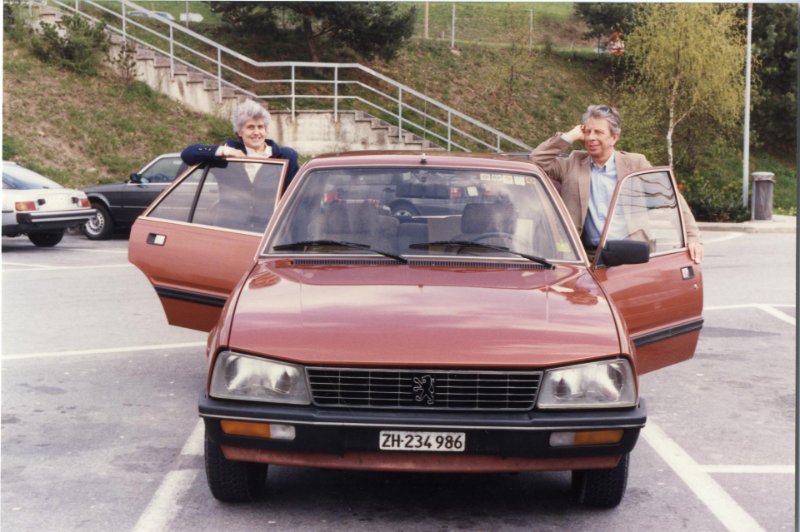
In 2014, the USI Academy of Architecture was designated by the heirs and friends of André Corboz as a privileged place to entrust his scholarly legacy. Since then, the A. Corboz (consisting of his personal library, his archive of writings and substantial photographic archive) has become part of the ‘special funds’ of the USI Academy of Architecture Library. Corboz’s book collection numbers 26,500 titles. Of which the original sequence has been preserved in the arrangement of the collection. And 50,000 slides documenting his travels. The A. Corboz preserves the sedimentation of the Geneva scholar’s research paths. They offer original and unique insights into his study projects. On his working methods and more generally on the formation process of a historian who called himself a “nomad” traveling between disciplines.
Website of the Exhibition
Also see: The Solar Blanket





